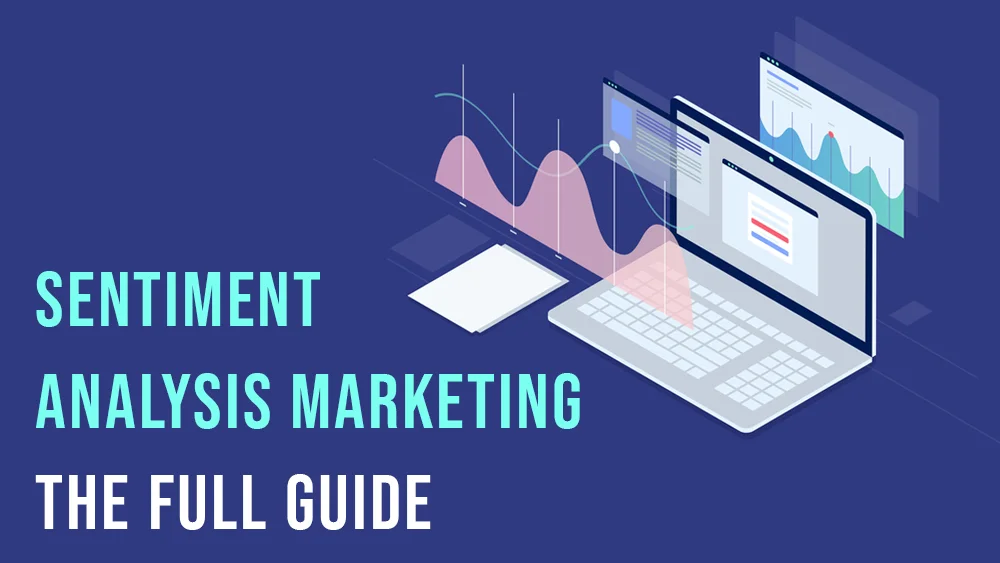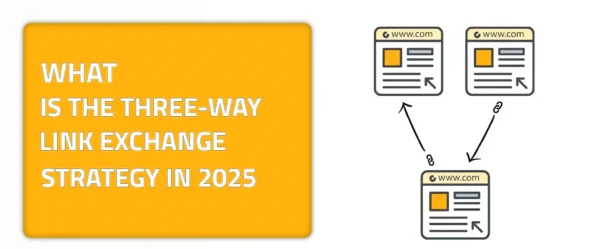Understanding Sentiment Analysis In Marketing
People always say that feelings are of the essence. That is because they help us understand each other in a simple way. If someone is angry, you’ll know from their tone of voice or way of talking. If someone else is sad, you will know by their body language and way of behaving. That is because feelings reach out to people. Sentiment analysis marketing is a strategy that helps you understand your market. As a business owner, all you want to do is build a bridge that connects you with your target audience. I am here today to tell you what sentiment analysis marketing is. This is a marketing strategy that will help you achieve such a goal in an easy and strategic way.
Sentiment analysis has sophisticated algorithms. They rely on natural language processing techniques. Ones that people use in marketing to determine how the public feels. It is a general feeling about certain companies, goods, or services based on digital material. Businesses can learn about the attitudes, feelings, and impressions of their customers. That is, by examining data from social media, reviews, forums, and other online platforms. Through this study, businesses may better understand and capitalize on positive sentiment. They can also reduce negative feedback and craft content that appeals to a wider audience. Dive deeper with us to understand the importance and benefits of such analysis.
Sentiment Analysis in Marketing: A Quick Overview
Simply put, when it comes to marketing, sentiment analysis is a data analytics method. It is one that detects, collects, and evaluates several things. It evaluates factors that contribute to forming the user’s opinions about your business. Things like the views, feelings, and attitudes of consumers in relation to a brand, product, or service based on digital material. For the purpose of gauging public mood, it employs natural language processing and machine learning.
This provides marketers with the ability to customize strategies, enhance consumer experiences, and make decisions regarding product development. With this technique, brands are able to better understand the feelings of their target audience, which in turn leads to marketing activities that are more targeted and effective.
There are several advantages to using sentiment analysis in your SEO plan. Understanding the emotional factors that influence consumer behavior and search queries facilitates the optimization of content to more closely align with user intent. Businesses may boost dwell time, decrease bounce rates, and improve customer engagement by addressing areas of concern and matching content with positive attitudes.
Sentiment analysis can also direct the design of content to encourage positive conversations and shares, which will further boost SEO efforts by enhancing social signals and backlinks. Sentiment analysis marketing ultimately makes data-driven, emotionally compelling content decisions that can greatly increase a brand’s visibility, reputation, and search engine rankings.
Examples of Users Feedback That You Can Implement In Your Strategy
When it comes to expressing feelings, there are many tones of voice that one can use. In order to categorize your feedback efficiently, you must understand the three main tones that can help you develop a seamless sentiment analysis marketing strategy. For example:
- Positive Tone: “This service is one of great ease! Your app helps me pay and receive goods in no time and with minimum effort.”
- Negative Tone: “This is by far the worst experience I have been through. Your app loads slowly and doesn’t work well on my iOS phone.”
- Neutral Tone: “Ordering was okay; not sure if I’ll be visiting the app more or not.”
So how can you create a sentiment analysis for your marketing strategy from these examples? Let me tell you. To facilitate additional analysis, compile the sentiments into a dashboard or report. In order to understand how marketing uses sentiment analysis, let’s make a picture that represents the steps involved in determining if a customer’s feedback is good, negative, or neutral. This will aid in developing a more intuitive and visual understanding of sentiment analysis’s workings. Below, we will visualize together how a sentiment analysis works.
Divide User Sentiments into a Digital Dashboard
For the sake of visualizing the concept of sentiment analysis that you stated, picture a digital dashboard that is both sophisticated and easy to use. This dashboard is broken up into three unique areas, each of which is devoted to one of the three feelings: good, negative, or neutral. The positive portion is highlighted with a happy emoji, which encapsulates the happiness and contentment of consumers, such as those who found the service simple to use. An emoji of a frowning face serves to convey the frustration that users feel when they encounter slow load times and compatibility problems in the negative portion.
An emoji with a straight expression serves as the neutral zone and captures the ambivalence of users who are unsure of the app’s value in their lives. Bubbles or fragments of actual user input surround these emojis, combining to form a visual mosaic that reflects consumers’ emotions. Marketers have access to a strong tool in the form of this digital landscape, which provides rapid insights into the emotional currents that are moving through their client base.
The Three Main Ways of Creating a Sentiment Analysis
The development of a sentiment analysis requires the utilization of a number of different computing techniques, each of which has its own distinct approach and application. There are a number of advantages and disadvantages associated with each approach, and the selection of one over another is based on the particular requirements of your project. These requirements include the required level of accuracy, the availability of labeled data, and the complexity of the texts that are being analyzed. A sentiment analysis can be created using three primary approaches. Ones that you will find explained thoroughly below:
The Lexicon-Based Method:
The method in question is one that includes analyzing texts based on a list of words that has been predetermined. Those that are connected to either pleasant or negative feelings and emotions. The overall sentiment of the work is determined by adding up the scores of each individual word in the text, which are then used to calculate the overall sentiment of the piece. This approach does not require training with labeled data, which makes it quick to implement. However, it may not always be accurate when applied to complicated texts because it may not fully capture context or sarcasm.
The Machine Learning Method:
You can use a labeled dataset for this approach. One that consists of texts that you can manually sort into categories such as positive, negative, and neutral. This is how you effectively implement the machine learning approach to your marketing sentiment analysis. This approach then teaches you how to automatically classify incoming texts.
There is the potential for these systems to be extremely accurate and adaptable to a variety of circumstances and languages. This approach includes methods such as Naive Bayes, SVM (Support Vector Machines), and deep learning models, but, in order to train, it requires a significant amount of data that you already labeled or categorized before.
The Hybrid Method:
A hybrid strategy or method is one that blends lexicon-based and machine-learning approaches. Hence the name “hybrid.” That is, in order to make the most of the benefits that both approaches offer. The goal of hybrid models is to obtain higher levels of accuracy and adaptability by combining the sophisticated understanding of language that is gained from lexical approaches with the predictive capacity that is gained from machine learning. This method is very helpful when dealing with circumstances that are confusing and when attempting to capture the nuances of sentiment that are expressed in a variety of settings for example.
Wrapping It Up!
In conclusion, sentiment analysis is not simply about understanding your users’ or target audience’s feelings; rather, it is about proactively acting on those insights. That is, in order to construct connections with your audience that are more robust and positive.
When you couple both sophisticated search engine optimization (SEO) and backlinking tactics, such as those that linkexchange.ai provides, it transforms into a guaranteed and strong catalyst for the expansion of your brand. Additionally, it boosts the achievement of success online.
In order to confidently navigate the digital terrain, you should embrace the power of sentiment analysis and allow linkexchange.ai to be your partner on the path to success and better connections.










